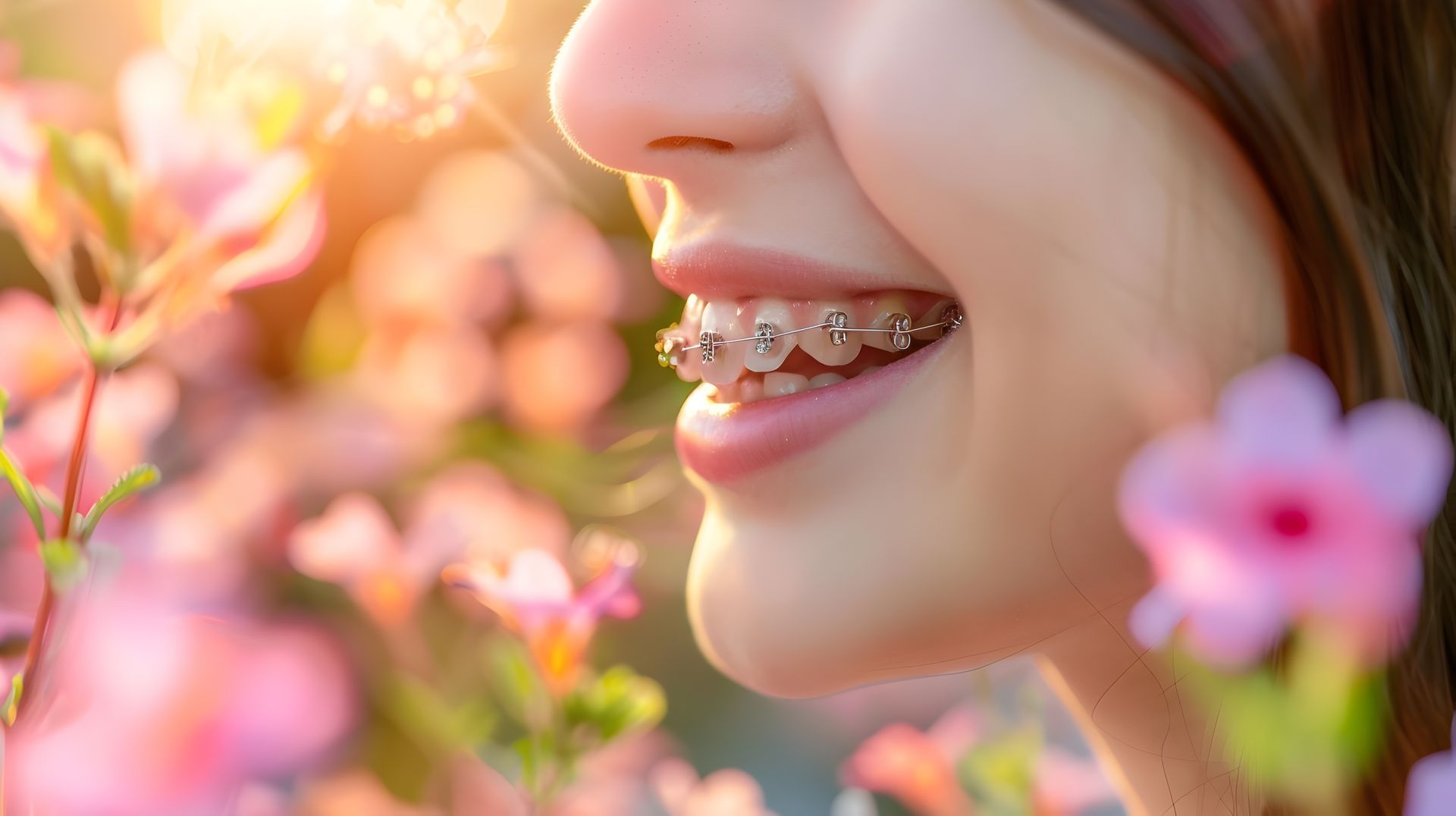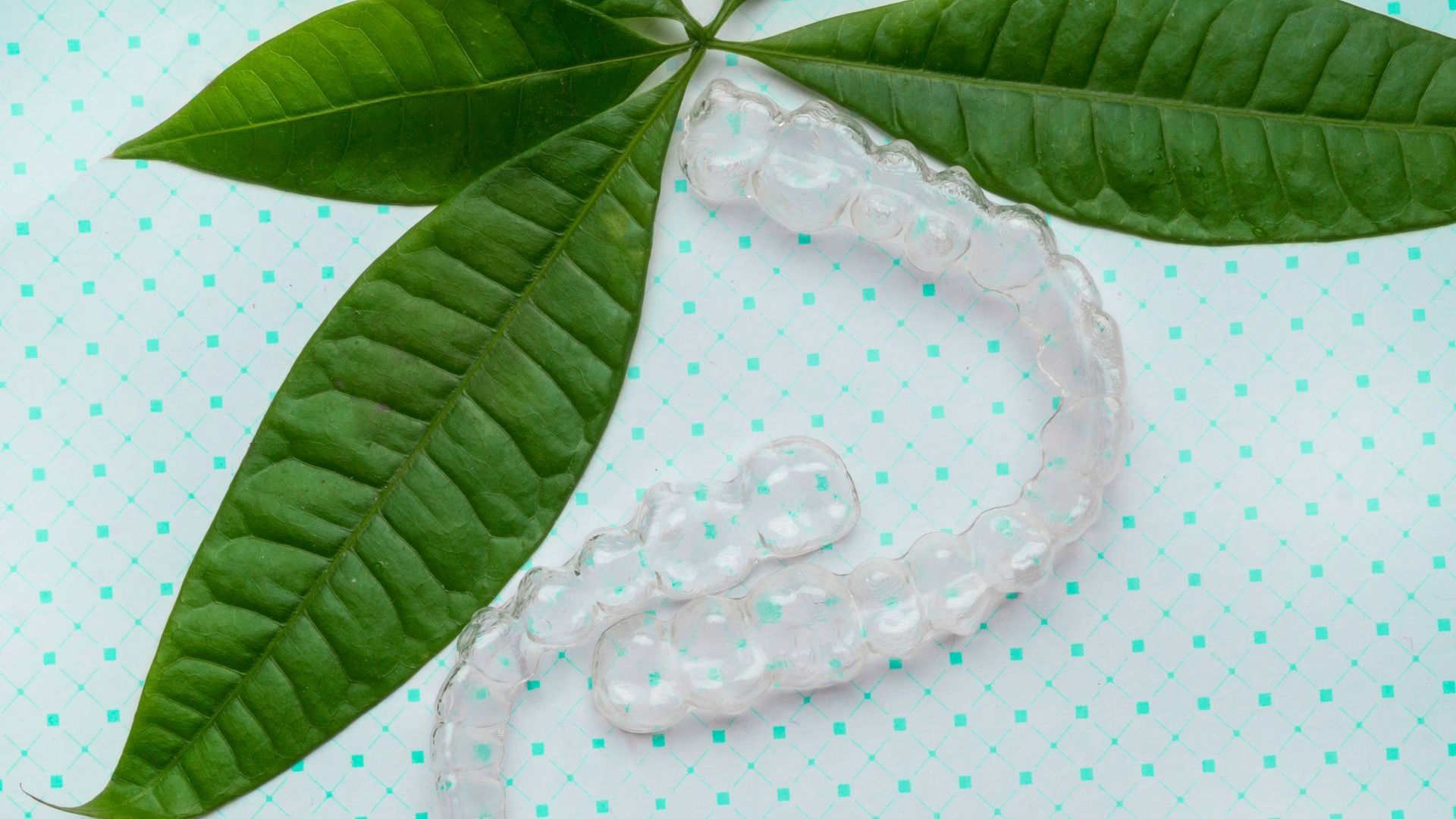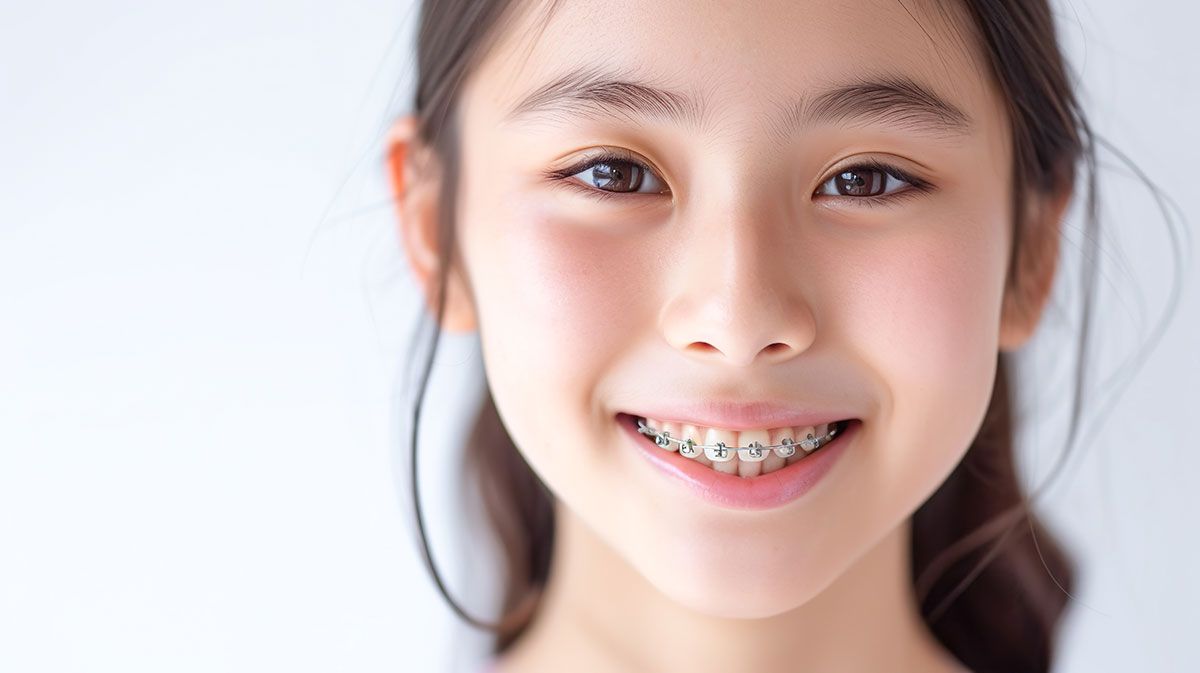In recent years, as environmental awareness has grown, so too has the consideration of sustainability in various aspects of daily life—including healthcare. Orthodontic treatment, essential for correcting dental misalignments and improving oral health, is no exception. The choice between traditional braces and clear aligners not only affects dental outcomes but also has implications for the environment and sustainability efforts.
In this blog post, we delve into the environmental impact of both braces and clear aligners, explore their respective advantages and disadvantages, and discuss why braces may be the more eco-friendly choice for patients concerned about their environmental footprint.
Environmental Impact of Braces and Clear Aligners
Clear Aligners: A Plastic Predicament
Clear aligners, such as those offered by Invisalign and other brands, are made predominantly from medical-grade plastics, typically polyurethane or polyethylene terephthalate glycol (PETG). These materials are lightweight, durable, and flexible—ideal for creating custom-fit aligners that gradually move teeth into alignment.
However, the production and disposal of plastic aligners raise significant environmental concerns:
- Manufacturing Process: The production of clear aligners involves energy-intensive processes, including extraction of raw materials, manufacturing, and transportation. These processes contribute to carbon emissions and environmental degradation.
- Plastic Waste: Clear aligners are disposable and replaced every few weeks throughout the treatment period. Used aligners are discarded as medical waste, adding to the global plastic waste crisis. Improper disposal can further harm ecosystems and wildlife.
- Packaging: Each set of clear aligners is individually packaged in plastic trays, which are then shipped to dental offices or directly to patients. Excessive packaging contributes to plastic waste and environmental pollution.
Braces: A Metal Solution

Traditional braces consist of metal brackets bonded to teeth, connected by wires that exert gentle pressure to gradually shift teeth into their proper positions. While braces also involve metal components, they offer distinct environmental advantages compared to clear aligners:
- Durability: Metal braces are typically made from stainless steel or titanium, both of which are highly durable and can be reused or recycled after treatment. This reduces the overall environmental impact associated with production and disposal.
- Minimal Waste: Unlike clear aligners, which are discarded regularly, braces remain affixed to teeth throughout the treatment period. There is no need for frequent replacements, reducing the volume of medical waste generated.
- Longevity: Braces are designed to withstand the rigors of orthodontic treatment without requiring replacement due to wear or breakage. This longevity contributes to a more sustainable orthodontic option over the course of treatment.
Why Braces May Be Better for the Environment

When considering the environmental impact of orthodontic treatment, braces emerge as a more sustainable choice for several reasons.
Some symptoms of an underlying dental condition include:
- Reduced Plastic Consumption: Clear aligners contribute significantly to plastic waste due to their disposable nature. In contrast, braces utilize minimal plastic components (such as elastomeric ligatures) compared to the amount of plastic used in aligner production.
- Reuse and Recyclability: Metal braces are designed for reuse or recycling after treatment. Stainless steel and titanium are recyclable materials that can be repurposed for other applications, reducing their environmental footprint.
- Lower Carbon Footprint: The production and transportation of metal braces involve fewer carbon emissions compared to the energy-intensive processes required for manufacturing plastic aligners. This makes braces a more environmentally friendly option in terms of overall energy consumption.
Patient Considerations: Braces vs. Clear Aligners
Beyond environmental concerns, patients may weigh several factors when choosing between braces and clear aligners:
- Treatment Effectiveness: Both braces and clear aligners are effective in correcting dental misalignments. The choice may depend on the complexity of the case and the orthodontist's recommendation.
- Comfort and Convenience: Clear aligners are removable, allowing for easier eating, brushing, and flossing compared to braces, which are fixed on teeth. This flexibility can enhance patient comfort and oral hygiene during treatment.
- Aesthetic Preferences: Clear aligners are virtually invisible, making them a preferred choice for patients concerned about the appearance of traditional metal braces.
Making an Informed Choice
While clear aligners offer advantages in terms of aesthetics and convenience, patients concerned about environmental sustainability may find braces to be a more conscientious choice. The durability, minimal waste generation, and recyclability of metal braces align with eco-friendly practices and reduce the environmental impact associated with orthodontic treatment.
Conclusion
In conclusion, the choice between braces and clear aligners extends beyond dental considerations to include environmental impact and sustainability. While both options are effective in achieving orthodontic goals, braces emerge as a more eco-friendly choice due to their durability, minimal plastic consumption, and potential for reuse or recycling. Patients seeking to minimize their environmental footprint while undergoing orthodontic treatment may find that braces align with their values of sustainability and responsible consumption.
As awareness of environmental issues continues to grow, orthodontic providers and patients alike have an opportunity to prioritize sustainable practices in healthcare decisions. By opting for braces over clear aligners, patients can contribute to reducing plastic waste and promoting environmental stewardship, ensuring a healthier planet for future generations.
In making the choice between braces and clear aligners, patients are encouraged to consider not only their dental needs but also their commitment to environmental sustainability. Together, we can make a positive impact on the planet while achieving beautiful, healthy smiles through responsible orthodontic care.







